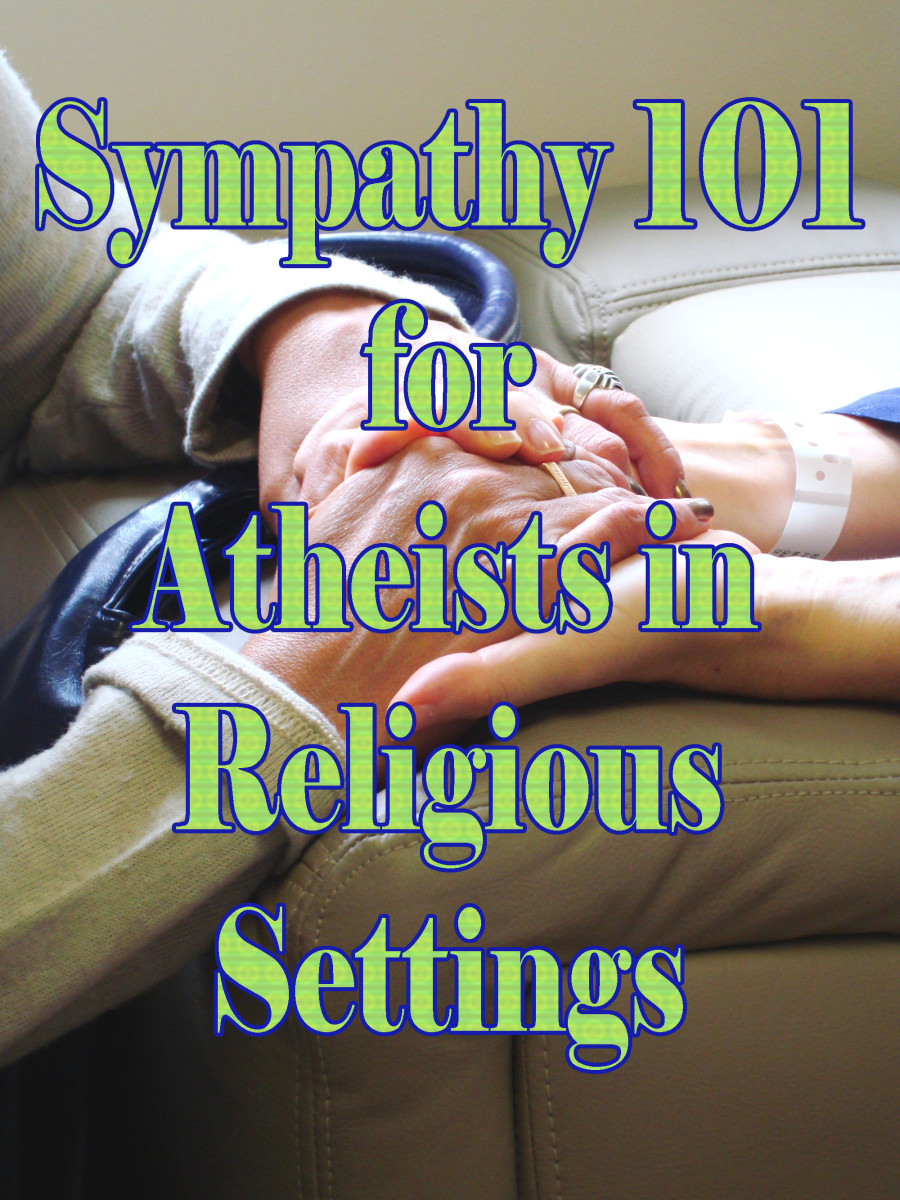Don't Wait For Death - Tie Up Those Loose Ends
Planning Ahead
Death; it’s a fact of life. When planning for the inevitable, most consider the job complete once they have consulted an attorney for advice on estate planning or drawing up their last will and testament. Not so. Taking care of the legalities is a major step in planning ahead; however, there remains much to be done.
Immediate concerns can be overwhelming for a grieving family when the death of a loved one occurs. For many, it may be their first experience of loss and especially their first experience in taking care of the business end of burial and estate matters. If the wishes of the deceased are made known, those wishes are more apt to be carried out and distraught family members are relieved of making decisions that cause unnecessary stress and sometimes even cause rifts in relationships.
Typically, a burial will take place within two or three days of death, although that isn’t always the case. In cases where all arrangements and decisions are made after death, those in charge of making the decisions are at their wits end by the time the service is over.
Ideally, all necessary information would be in one location and one or more family members would know where to find it when necessary. Those not participating in pre-planned burial, for whatever reason, might consider providing a list of preferences for those left to take care of business matters. Making the information available need not involve anything elaborate. A three ring binder with a front cover titled Last Wishes provides clarity of what will be found inside. Consider the issues those left behind deal with when providing information. Use the following list as a guide; alter it to suit individual needs:
· Funeral Home preference
· Cemetery preference and information regarding plots purchased
· Service preference (Graveside, Chapel, Church)
· Method of disposal (burial, cremation - where to place ashes)
· Information for obituary
a. parents’ names (including mother’s maiden name)
b. spouse’s name
c. birth date, birth place, date of marriage, etc.
d. preceded in death by:
e. survivors
f. children
g. siblings
h. number of grandchildren & great grand children
i. occupation
j. service record
· Possible pallbearers and how to contact them
· List any organizations of which you are a member and whether or not they may have some part in the service, or offer certain benefits. Example: Veterans may be entitled to a tombstone and a flag to cover the casket. Ask the funeral home what is available or make a notation for those taking care of your business to inquire.
· Names and contact numbers of any friends or family you wish to be notified, that others may not know to contact.
· Provide a list of favorites:
a. Hymns (Suitable for service)
b. Color (Helpful for family members selecting casket or clothing)
c. Verse and/or Poem (Sometimes used on service programs)
d. Flowers (Family’s casket covering)
While these questions may seem easy enough to deal with, it is surprising how widely opinions may vary. Since these will be the last decisions one makes for a loved one, they often build into matters of utmost importance in the mind of the decision maker. You will find some are adamantly against cremation, while others think it is the most sensible path to take. Open casket versus closed casket choices may be colored simply by which generation you were born into, as this writer learned when dealing with parents who were raised during the Great Depression. Although closed caskets may seem to be a logical choice to make things easiest on remaining family members, members of the WWII generation see the open casket as a way to gain closure for those left behind, as well as an opportunity to pay last respects. For them, it is an important part of tradition. Selecting information to include in an obituary may differ from one person who believes step-children and step-grandchildren should be included in those mentioned, to another person who regularly does genealogical research and believes an obituary should reflect only blood kin or specificity in relationships to the deceased.
Moving forward from the service and into the following weeks often brings more stress when family members must sort belongings and make decisions about disposal. Even when real estate, bank accounts and larger assets are taken care of through estate planning, smaller personal items are left to be dealt with. While sorting belongings becomes a trip down Memory Lane and is a helpful part of the grieving process for those left behind, it can also turn into a touchy situation when opinions differ. Who gets the family Bible? What about Grandma’s wedding ring or handmade quilts? Perhaps you inherited your father’s walking cane, but feel it should be passed to your younger brother rather than your child. In some instances, listing preferences along with the reason for it will help take away any sting one might feel.
Whether helping a parent plan ahead or handling one’s individual business matters, death is never an easy subject to discuss. Realizing it is a chore that comes easier when in good health helps one see it for what it is – simply taking care of business.






